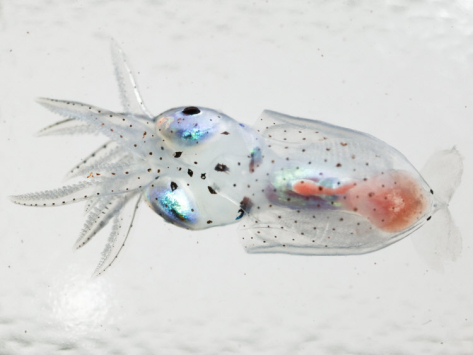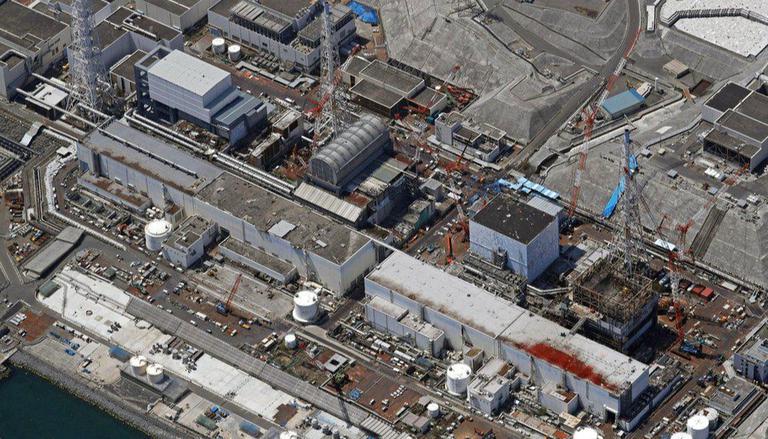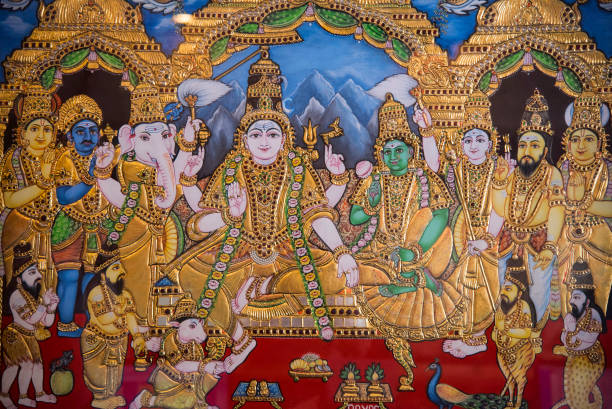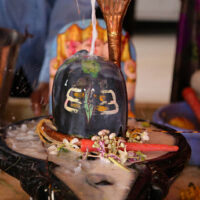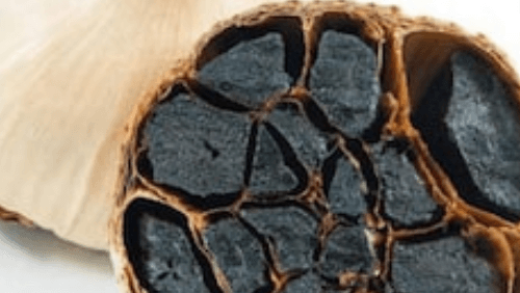Chocolates have always been one of the favorite snacks for all of us. But have you ever deliberated about the fact that they played an important part in World war II? Here is how this snack stuff got popular even in war times under Hershey’s manufacturing. why Hershey’s manufactured bitter chocolate for US army.
In world war II Hershey’s manufactured bitter chocolate for US army.
It was years back on 6 June 1944, when world war II took place in the US giving rise to tensions in Europe. During the D-Day assault, the Normandy beaches were captured by over 160,000 throngs. Under such a tense situation, it is known that the demand for snacks namely Hershey’s chocolate was made by US Army Capt. Paul Logan to help fight and overwent that historic mission. Although it was an unforeseen material for war, in the year 1937, Hershy company was approached by the US army to manufacture this specifically designed bar to be used as food during the crisis. The four requirements mentioned by the U.S government about the novel brown bars were:
- Should be calorie-dense and provide high energy.
- Can withstand a higher temperature range.
- Should weight up to 4 ounces.
- Should have a little flavor better than a fumed potato.
Since this bar was to be consumed in emergencies, the army didn’t demand a good taste. It was so done as to avoid eating it in normal situations.
Development of the “D-ratio bar”
The final bar named “D-ration bar” or “Field ration D” was developed comprising a mixture of chocolate, skimmed milk powder, oat flour, sugar, and cocoa butter. The blend of oat flour with fat provided a dense-brick-like structure to the bar. Since, a higher amount of cocoa butter was added to the bar, the added sugar covered up the tremendously bitter taste of the chocolate. Adding sugar also helped in increasing the level of energy in the soldiers. This blended mixture was so viscid which resulted in its thick consistency. A bar with such thickness was tiresome to be shaped as the availability of only a normal choco bar manufacturing machine. Thereby, this packing was done manually, weighing 4-ounce each.
The dark chocolate bar was so hard to bite as it was developed to tolerate higher temperatures. It is considered that people trying to eat it have to cut it into slices before chewing it.
Why it was bitter?
As demanded by the captain of the US army, the taste of the chocolate bar was made bitter by adding more amount of cocoa powder to them. Because of such a taste, it was expected to be consumed by the military troops only during emergency conditions.
What else the troops got?
Since world war II was itself an important battle fought, had many different aspects. One such aspect was the planning of keeping apt eatables for troops. Along with the D-ration bars, the kit bags of troops consisted of sugar pouches to boost their energy level when required. Each of the troops received K-ration packs that included the surplus for three days. These food supplements were provided as the meal supplements excluding the D-ration bars such as processed cheeses, sugar bottles, canned meats, lemon or orange drinks, chewing gum and coffee, etc.
Another version of the chocolate bar. Hershey’s manufactured bitter chocolate for US army.
Even being asked by the U.S army not to do so, many of the D-ration bars were ruined as waste. It is due to this reason, Hershey’s decided to take a step forward to avoid such action in the future. Thereby, Hershey’s presented a new version of the dark chocolate namely, “The tropical bar”. This bar was precisely prepared to bear up the extreme temperatures of the Pacific Theater. The company had successfully manufactured more than 3 billion bars by the end of the war. Some of the chief features of the tropical bar were:
- It was superiorly capable of resisting heat even at 120 degrees.
- Contained more calories than the D-ration bar.
- Ingredients include skimmed milk powder, cocoa butter, vanillin, oat flour, and chocolate liquor.
- Vitamin B1 was the important constituent in the bars as it averts one of the disease-related associated with its deficiency named Beriberi (this disease can damage the nerve, muscles, and circulatory system).

